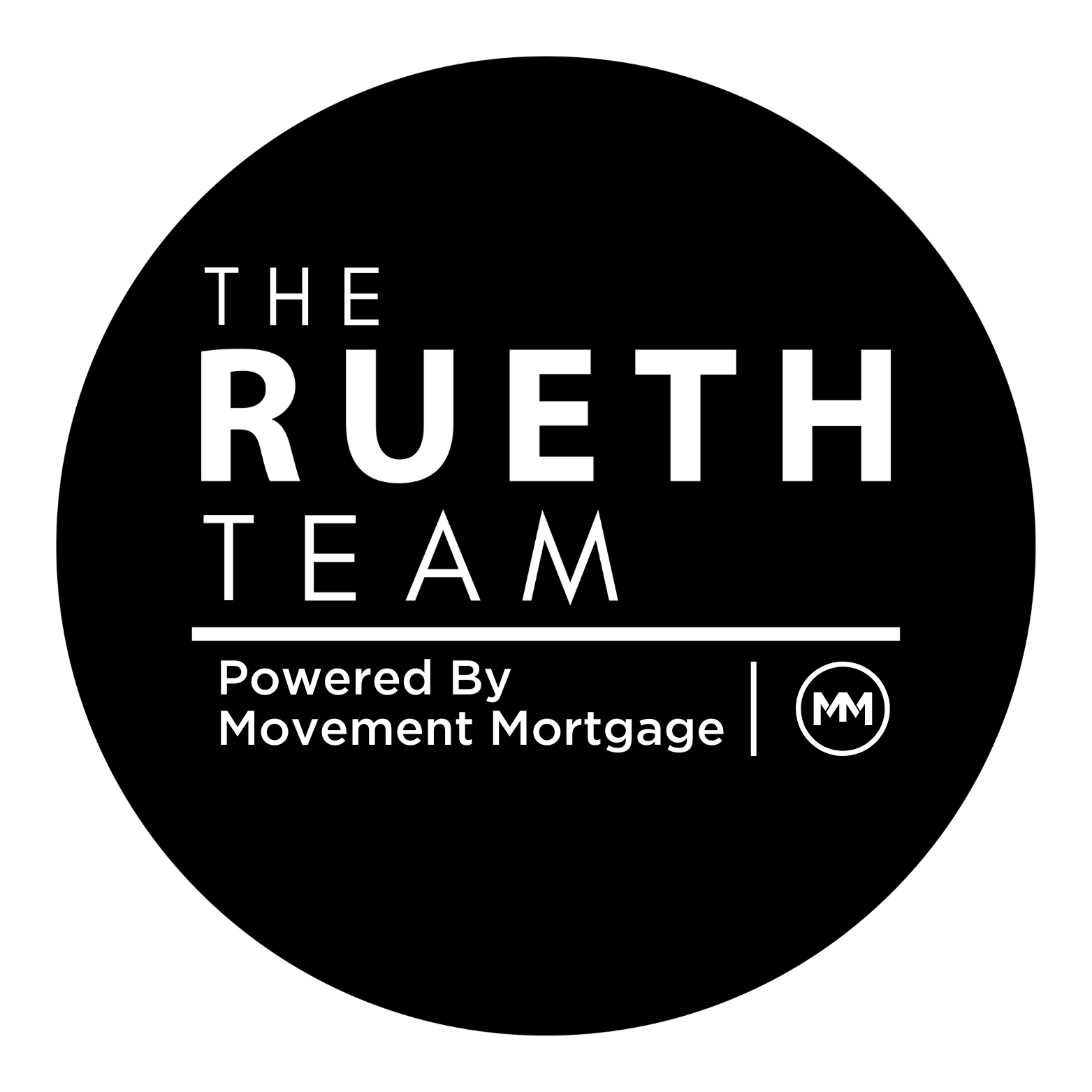Fannie is Making it Harder for Investors, Condos, Refis
Which Way Are Rates Going?
As news tries to sell with headline grabbers, our clients could get confused and end up waiting for the rates to drop more… or prices to fall.. or more inventory to come online. We have to be the rational voice that supports their success and nullifies the headline grabbers. Just from yesterday’s headlines.. several noted rates rising while others celebrated their drop…
Bottom line.. rates are going up. But it won’t be in a straight line. There will be moments when rates drop….briefly. Sensation sells, when rates drop, news flashes will appear causing clients to be even more confused. The last two weeks saw the 2% coupon price drop from 103.50 to 100.14. As bond prices drop the inverse occurs with the yield (or as we refer to it.. the rate). This is because bonds are fixed income assets. So while the prices were dropping; the 10 YR Treasury Yield rose from 1.03% to 1.62%.. this is a significant jump and pushed our correlated 30 YR Fixed Mortgage rates over 3%.
Purchase Power is Slipping
With rates popping up over 3% for the first time since July 2020, buyers need to take a gut check on what this means to those homes they’ve been fighting so hard to get… especially if they were at the top of their affordability. 3 weeks ago, I created this chart for a DMAR class I teach (Warning Graphic Images) and the benefit of buying today verses one year ago was over $42,000 in purchasing power gain. That number is now shrinking. And, when compared to one year ago it is still positive but only by $11,250. When talking about affordability, we compare home prices, interest rates and weekly wages. Based on February DMAR data, home prices were up 9.41% YTD Median. Interest rates are no longer a point lower, they have narrowed to less than a half a point drop. Colorado weekly wages, thankfully, continues to support higher home prices with a year over year 5.6% increase. Keep a close eye on rates, and have active conversations with your buyers and their lenders. It’s important to ask the question.. how close to their approvable limit are we? Because a rate movement of an eighth could change the purchase power from a yes to a no.
Calabria Strikes Again
It became clear last year that Calabria was not going to win his fight to release Fannie Mae and Freddie Mac from conservatorship. However, he could get a small win by decreasing their competitiveness thereby decreasing their footprint. This week, FHFA announced yet another move in this direction by limiting their risk of secured second home and investment properties. As of April 1st, all second homes and investments delivered to Fannie/Freddie, must have a automated underwriting approval (i.e. no manual underwriters which offers flexibility in underwriting) as well as fall within a production cap of 7%. This means that each lender (like Fairway, Wells, Chase, etc) signed up to deliver loans directly to Fannie and Freddie; will be restricted in the number of second home and investor loans they can insure. Larger banks will portfolio any overage, smaller banks/lenders will limit volume, while lenders like Fairway will need to find additional secondary market investors to purchase these loans. For many banks and lenders, this limitation will mean higher rates for these two classifications, as they try to limit their volume the old fashion way.. raising prices. Today, Fairway stands at 10% saturation. I am extremely proud of our secondary team! Given the size of Fairway and the relationships we have, we are committed to having outlets for these loans and keeping our rates for second homes and investments low and our ability to support our clients seamlessly!
Remember, this is coming after FHFAs extreme changes to “resort” condo projects, the Adverse Market Fee which affected refinances, and their limitations on commercial multifamily





